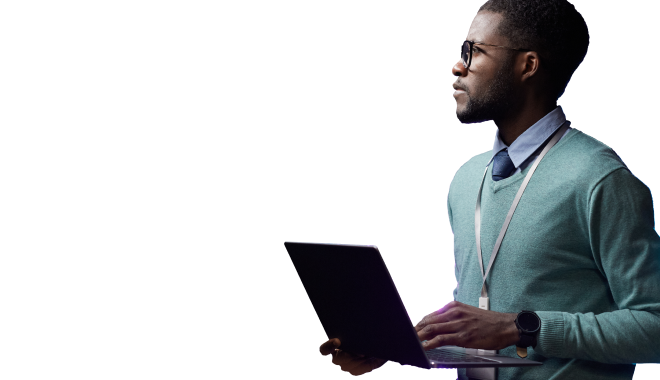CEU Cardenal Herrera University: Going back to the roots of teaching with HoloLens 2
Education is one of the great pillars of society. However, the figures in the number of students and the great competition between institutions are shaking its foundations.
The student profile is not the same as it was two decades ago, and educational models are not evolving at the same pace.
Is technology the key to revive this sector? How can students’ interest be recovered? Can immersive experiences recover the essence between teacher and student?
The Signare project focuses on escaping from industrial education and returning to excite the students who come to the classroom every day.
The implementation of mixed reality in the teaching plan allows to improve the learning of skills such as problem solving, collaboration and preparing students for the future.
CEU University is part of the largest and most traditional private institution in Spain. They were the first to offer a new way of understanding teaching, which has led them to be one of the most innovative universities in the country.
CEU UCH University wanted to launch a new educational model that would rescue the essence of learning between teacher and student thanks to the implementation of the latest technology.
It was to improve the learning process of the center, offering unique and meaningful experiences for the student, so it has relied on Plain Concepts as Microsoft Mixed Reality to develop it.
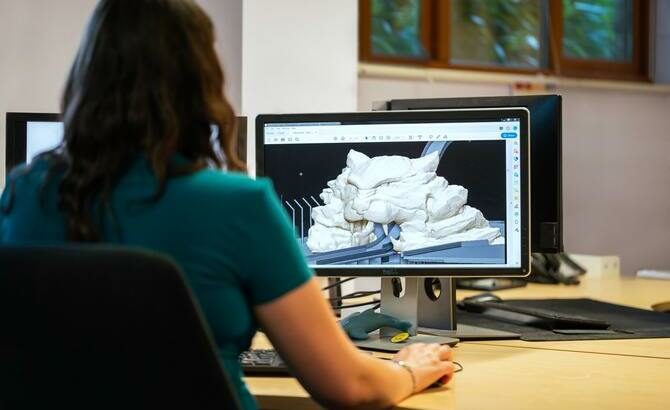
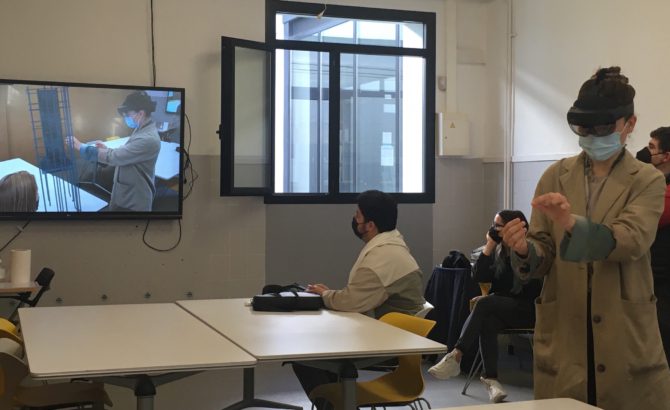
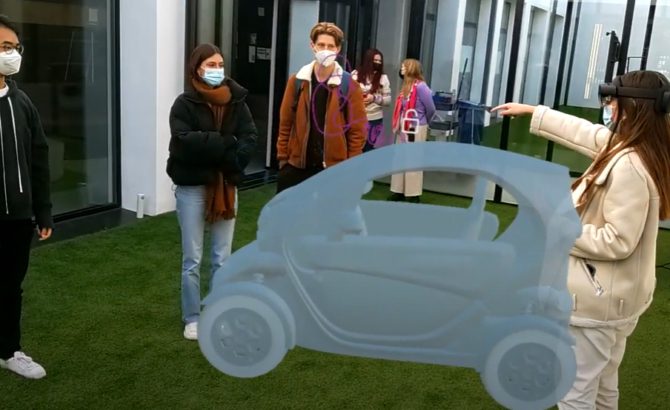
The process
Shunning a model that relied on taking notes and learning the content by heart to pass exams, it was decided to introduce HoloLens 2 as the center of the process.
An app has been created based on our Evergine graphics engine. Thanks to the glasses, students only have to put on the visor and interact freely with the environment without any complexity.
Development with Evergine and HoloLens 2.
This model has been implemented in one architecture and one industrial design class, but the project will be extended to other degree programs.
Student and teacher can view the model in real time and to scale, and make the appropriate changes, while the rest of the class can view it on the classroom screen. In this way, they participate actively in the correction.
Cloud migration and database optimization.
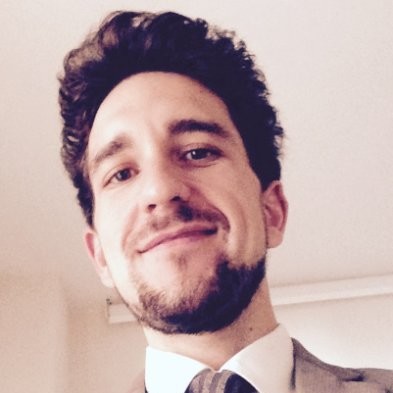
“Technology is going to affect all professional sectors, but, notably, the education sector. Signare means taking a further step towards educational innovation by focusing on the student as a user of the technology of digital universes.”
Bartolomé Serra, coordinator of the Signare Project at CEU UCH
Results
- Totally immersive experiences never seen before.
- Exponential scalability and extrapolation to many degrees.
- You can perceive the nuances and live a more real experience.
- Possibility of making annotations to, later, continue with the design.
- Practical and useful teaching.
We are ready for new challenges
